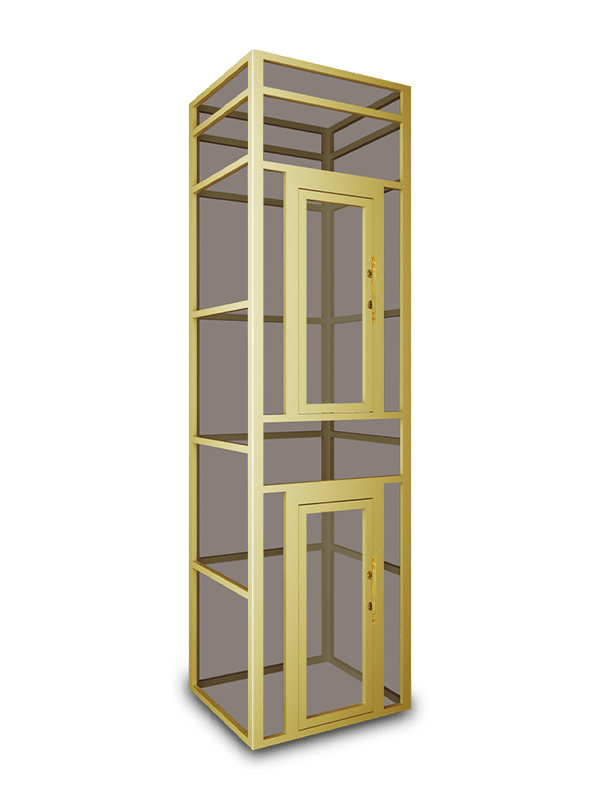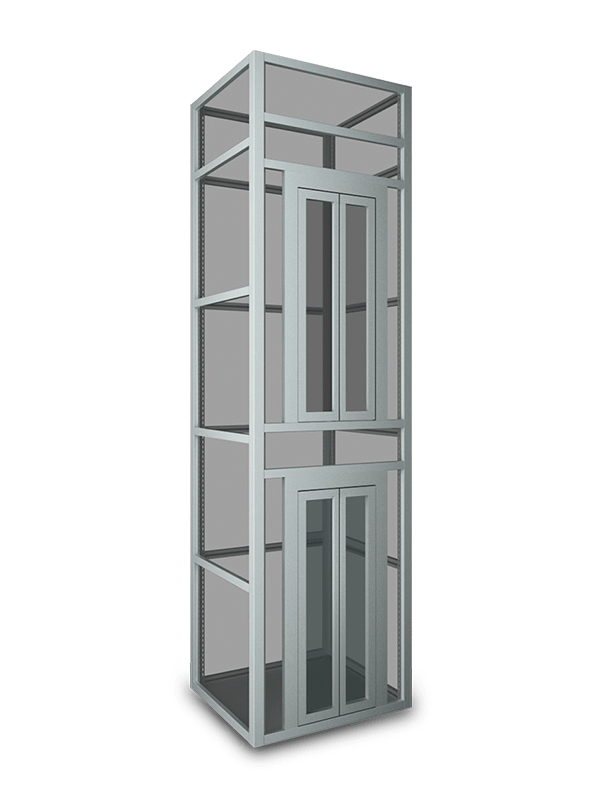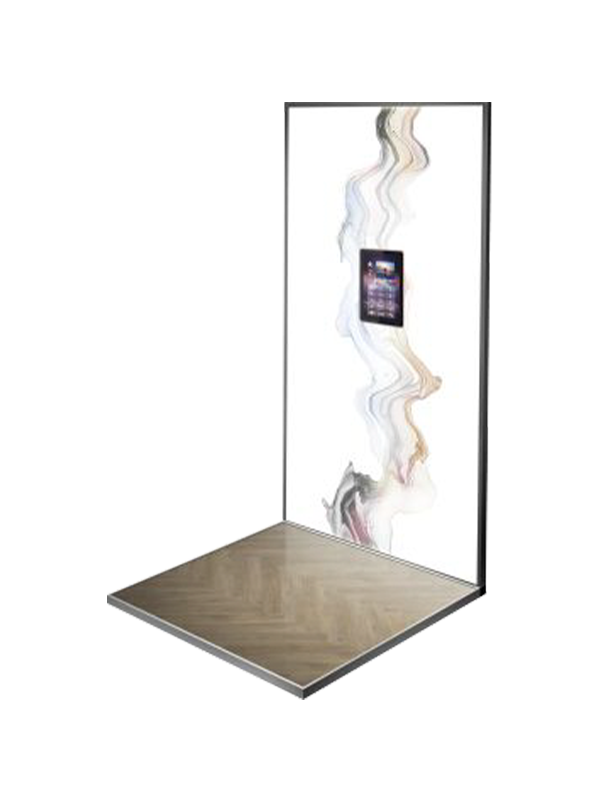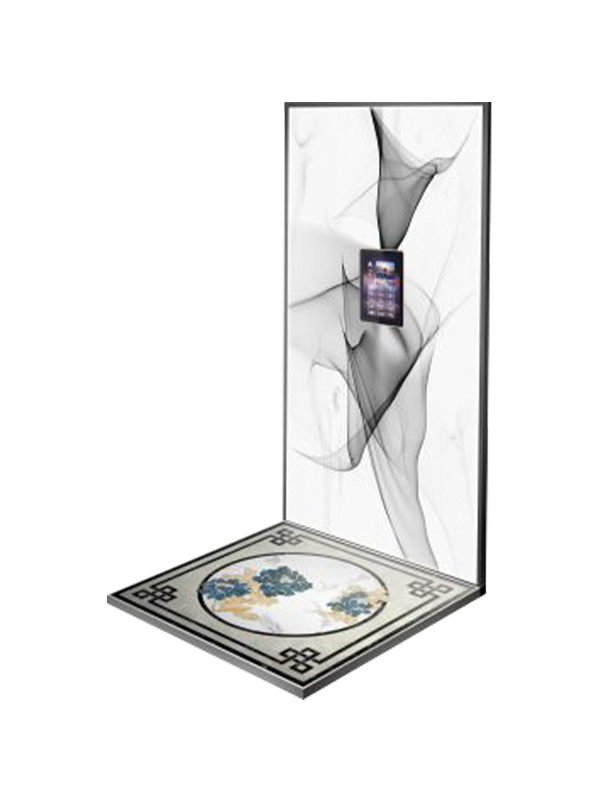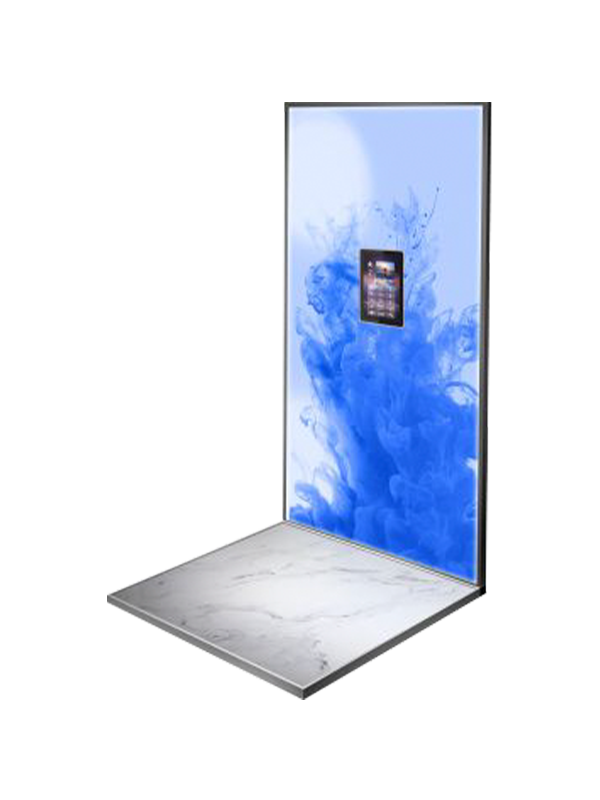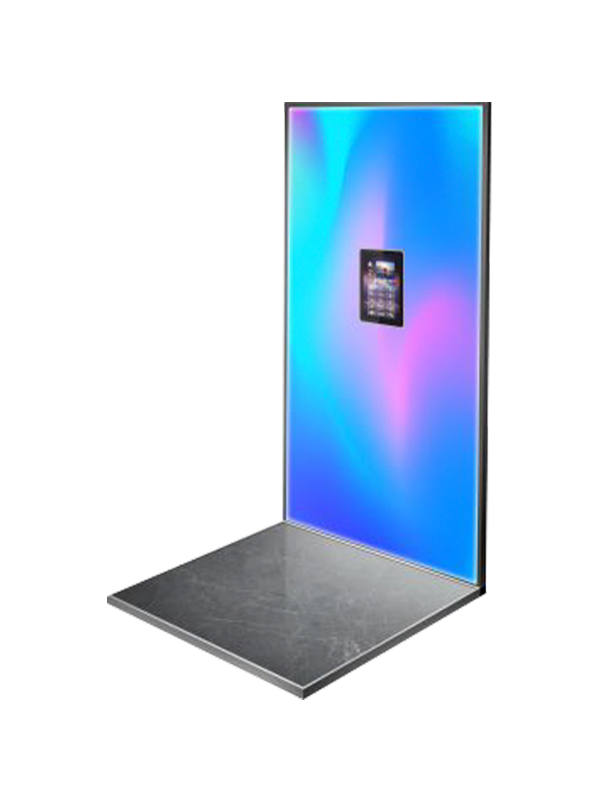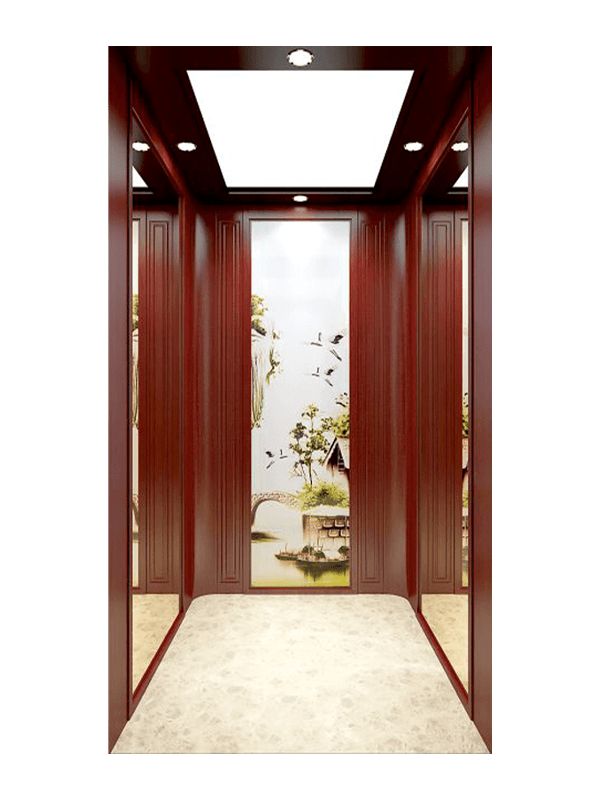Glass is one of the most striking and defining features of Sightseeing Elevator Car Decoration. Its clarity, reflectivity, and transparency create a sense of openness and luxury, allowing passengers to enjoy panoramic views while moving through a building. However, glass panels in such elevators are also constantly exposed to dust, fingerprints, smudges, and environmental pollutants—issues that can dull their brilliance and affect the overall appearance.
Maintaining clean, spotless glass is not just a matter of aesthetics; it is also essential for safety, comfort, and longevity.
1. Understanding the Role of Glass in Sightseeing Elevator Car Decoration
Sightseeing elevators are often designed with extensive glass surfaces—sometimes on one side, sometimes all around—to allow riders to view the surrounding scenery or building interiors. These glass panels are not merely decorative; they form an integral part of the elevator’s architecture and atmosphere.
In most modern Sightseeing Elevator Car Decorations, tempered or laminated safety glass is used. Such glass offers strength, durability, and impact resistance, but like any transparent surface, it easily shows fingerprints, dust, and water stains. This visibility of dirt is precisely why careful and regular cleaning becomes essential.
Beyond appearance, clean glass also enhances safety. Clear visibility ensures passengers can see structural elements, exit signs, and the elevator’s motion. Furthermore, unclean glass may cause glare or optical distortion, potentially leading to discomfort or visual confusion for users.
2. Factors That Affect Glass Cleanliness
Before delving into cleaning methods, it is important to understand what causes glass panels in sightseeing elevators to become dirty in the first place:
- Fingerprints and Hand Marks: Passengers often touch or lean on glass walls, leaving oily residues that are immediately visible.
- Dust and Airborne Pollutants: Air circulation in high-rise buildings or open shafts carries fine dust that settles on the glass surface.
- Condensation and Water Stains: Temperature differences between indoor and outdoor air can create moisture that leaves mineral spots.
- Building Maintenance Activities: Construction, renovation, or cleaning in nearby areas can deposit fine debris or cleaning overspray.
- Static Electricity: Glass surfaces can build up static charges that attract dust particles more easily.
Each of these factors influences how often and how thoroughly the glass must be cleaned.
3. Choosing the Right Cleaning Materials
Selecting appropriate materials is crucial to prevent scratches or residue buildup. Sightseeing elevator glass is typically treated or coated to improve strength, so using gentle yet effective cleaning products helps protect these finishes.
Recommended materials include:
- Soft Microfiber Cloths: Ideal for wiping without scratching. Microfiber captures fine dust and oils without leaving lint.
- Neutral Glass Cleaners: Commercial glass cleaners or mild detergent solutions with water are suitable. Avoid ammonia-based products on coated glass, as they can damage protective films.
- Squeegees: Useful for removing cleaning solution from large surfaces evenly and preventing streaks.
- Distilled Water: Reduces streaking caused by mineral deposits found in tap water.
- Spray Bottles: Allow controlled application of cleaner without soaking the panel.
- Rubber Gloves: Protect hands from cleaning solutions and help maintain a firm grip while cleaning.
Avoid using:
- Abrasive sponges or brushes
- Harsh chemicals (e.g., bleach or acid-based cleaners)
- Paper towels that may leave fibers or cause micro-scratches
4. Step-by-Step Cleaning Procedure
To achieve professional-quality results, follow a systematic cleaning process. The steps below apply to both interior and exterior glass panels of a sightseeing elevator car.
Step 1: Prepare the Area
Before cleaning, ensure the elevator is stationary, secured, and out of service if possible. Post temporary signage to indicate maintenance in progress. Turn off lighting if it causes glare that makes streaks difficult to see.
Step 2: Remove Loose Dust and Debris
Using a dry microfiber cloth or a duster, gently wipe off dust and loose particles. This prevents scratches when wet cleaning begins. For corners and joints, use a soft-bristled brush to dislodge dirt.
Step 3: Apply the Cleaning Solution
Spray a light mist of glass cleaner or a diluted detergent-water mixture onto the glass surface. Avoid excessive liquid application—it can run down into joints or electrical components. If the elevator’s panels are vertical and tall, work from top to bottom in sections.
Step 4: Wipe with a Microfiber Cloth
Using circular motions, gently clean the surface to loosen oils and dirt. Change cloths when they become damp or dirty to avoid streaks.
Step 5: Use a Squeegee for a Streak-Free Finish
If the panels are large, use a rubber squeegee to remove excess liquid in vertical or horizontal strokes. Wipe the squeegee blade with a clean cloth after each pass.
Step 6: Dry and Polish
Finally, buff the glass using a dry microfiber towel to remove any remaining moisture or streaks. Check the reflection from different angles to ensure uniform clarity.
Step 7: Inspect the Frame and Seals
While cleaning, inspect metal frames, rubber seals, and panel joints for signs of wear or corrosion. Wipe these areas with a damp cloth if needed but avoid letting cleaning liquid seep into seams.
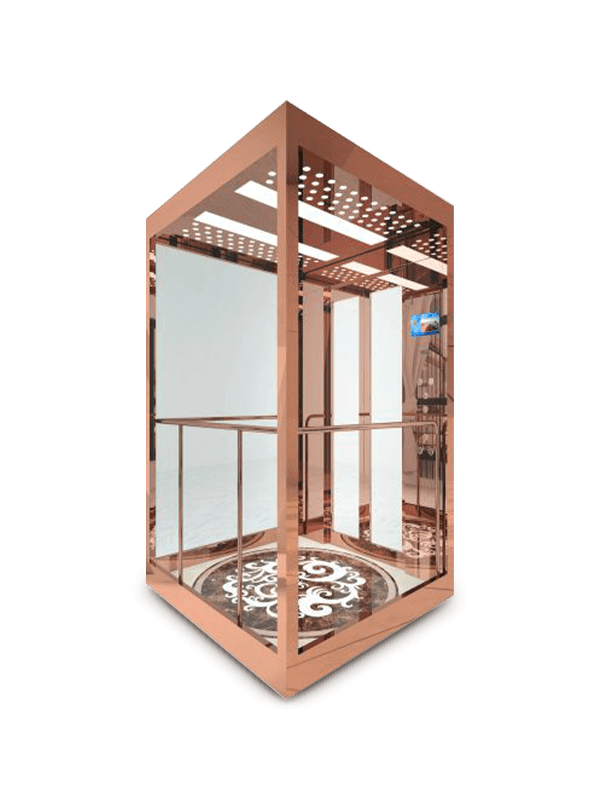
5. Safety Considerations During Cleaning
Cleaning glass in a Sightseeing Elevator Car Decoration requires particular attention to safety because of confined spaces and vertical structures.
- Lock the Elevator Car: Always isolate the car from regular use during cleaning to avoid movement.
- Use Non-Slip Footwear: Floors may become wet; proper footwear prevents accidents.
- Avoid Standing on Furniture or Improvised Platforms: Use proper step ladders if necessary.
- Do Not Spray Near Electrical Components: Control panels, indicator lights, and sensors must remain dry.
- Ensure Ventilation: Cleaning products may release fumes—proper ventilation helps maintain air quality.
For exterior glass panels that are part of a panoramic shaft or high-rise structure, only qualified maintenance personnel should perform cleaning, often using suspended platforms or specialized tools.
6. Frequency of Cleaning
How often the glass panels should be cleaned depends on several factors:
- Location: Coastal or industrial environments may require more frequent cleaning due to salt and pollutants.
- Foot Traffic: Elevators in hotels, shopping centers, or tourist sites accumulate more fingerprints.
- Climate: Humid or rainy conditions increase water stains and residue buildup.
As a general guideline:
- Daily or Weekly: Light cleaning of interior panels to remove fingerprints and smudges.
- Monthly: Thorough cleaning including edges, frames, and glass joints.
- Quarterly or Semiannually: Deep cleaning with professional-grade equipment, particularly for exterior panels.
A structured cleaning schedule not only maintains aesthetics but also reduces the need for intensive restoration later.
7. Special Treatments and Coatings
Many sightseeing elevators use treated or coated glass to improve performance and reduce maintenance needs. Examples include:
- Anti-Fingerprint Coatings: Resist oils and smudges, making cleaning easier.
- Hydrophobic Coatings: Repel water, reducing mineral stain formation.
- UV-Protective Films: Block harmful sunlight while preserving transparency.
When cleaning such treated glass, always check manufacturer recommendations. Some coatings can be damaged by alcohol-based cleaners or strong detergents. Using the correct cleaning method ensures these treatments remain effective for years.
8. Common Mistakes to Avoid
Even experienced cleaning personnel can make errors that compromise the finish or clarity of glass panels. Some of the most common mistakes include:
- Cleaning in Direct Sunlight: Heat can cause rapid evaporation, leaving streaks.
- Using Too Much Cleaner: Excess liquid may seep into frames and damage seals.
- Neglecting Corners and Edges: Dirt buildup here can eventually cause corrosion.
- Reusing Dirty Cloths: This spreads grime instead of removing it.
- Ignoring the Metal Surroundings: Frames and fittings also collect dust that can transfer back to glass.
By avoiding these errors, the cleaning process becomes more efficient and yields longer-lasting results.
9. Maintaining Glass Longevity
Clean glass not only looks beautiful but also lasts longer. Regular cleaning removes contaminants that can etch or dull the surface over time. However, longevity also depends on the overall maintenance environment.
Key longevity practices include:
- Keeping ventilation systems clean to minimize airborne dust.
- Installing mats or protective panels near frequently touched areas.
- Educating building occupants not to press against or write on the glass.
- Scheduling periodic professional maintenance for exterior glazing.
When these measures are combined, the Sightseeing Elevator Car Decoration maintains its original brilliance, ensuring passengers always experience clarity and comfort.
10. Conclusion
Cleaning glass panels in Sightseeing Elevator Car Decoration is not a simple cosmetic task—it is a vital part of preserving both the visual and structural integrity of the elevator. Proper cleaning ensures transparency, safety, and aesthetic harmony, reflecting the overall quality of the building’s environment.
The process demands attention to detail: selecting the right materials, following a systematic cleaning routine, and observing strict safety practices. By using appropriate techniques—such as microfiber wiping, careful solution application, and routine maintenance—facility managers can ensure that sightseeing elevators remain clear, elegant, and inviting for all who use them.
In the end, the goal is to sustain the unique charm that sightseeing elevators offer: an uninterrupted, crystal-clear view that connects architecture, movement, and scenery. A well-maintained glass surface does more than reflect light; it reflects the care and quality behind the entire Sightseeing Elevator Car Decoration design.


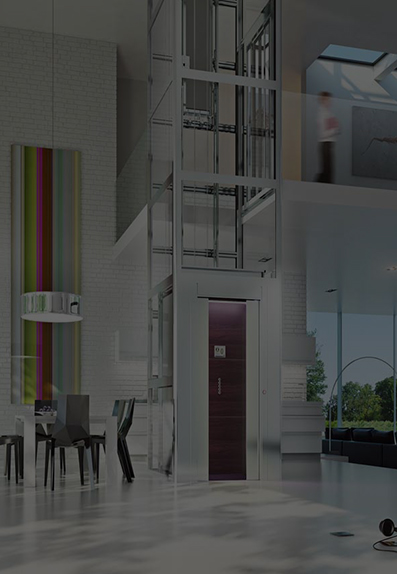


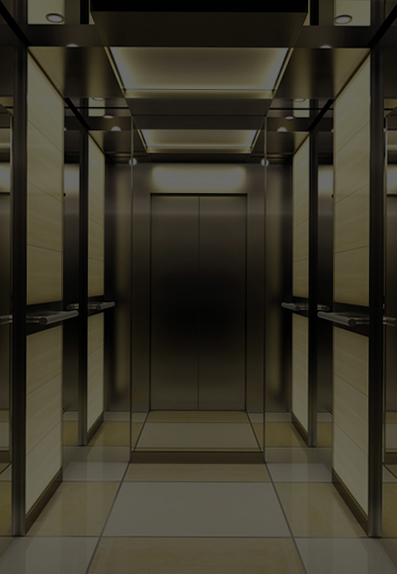
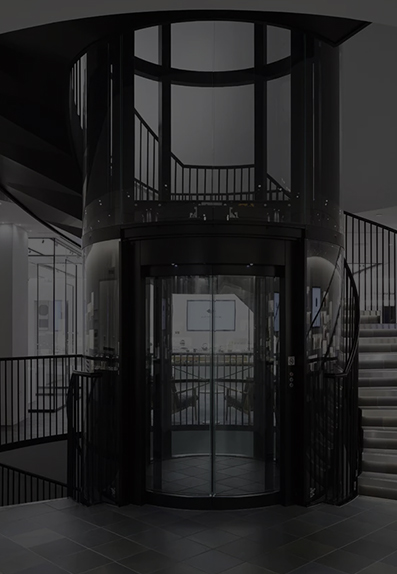
 English
English عربى
عربى Deutsch
Deutsch Español
Español Français
Français русский
русский 日本語
日本語 简体中文
简体中文